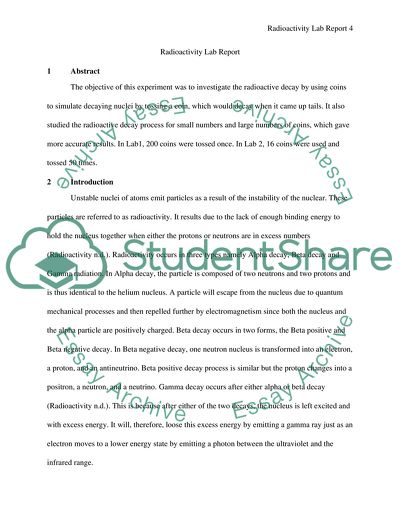Cite this document
(The Radioactivity Coursework Example | Topics and Well Written Essays - 1500 words - 1, n.d.)
The Radioactivity Coursework Example | Topics and Well Written Essays - 1500 words - 1. https://studentshare.org/physics/1862073-report
The Radioactivity Coursework Example | Topics and Well Written Essays - 1500 words - 1. https://studentshare.org/physics/1862073-report
(The Radioactivity Coursework Example | Topics and Well Written Essays - 1500 Words - 1)
The Radioactivity Coursework Example | Topics and Well Written Essays - 1500 Words - 1. https://studentshare.org/physics/1862073-report.
The Radioactivity Coursework Example | Topics and Well Written Essays - 1500 Words - 1. https://studentshare.org/physics/1862073-report.
“The Radioactivity Coursework Example | Topics and Well Written Essays - 1500 Words - 1”. https://studentshare.org/physics/1862073-report.


